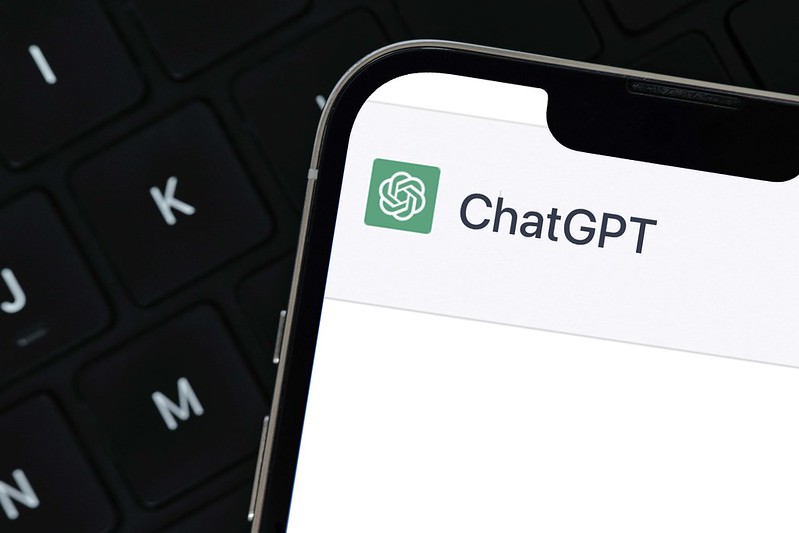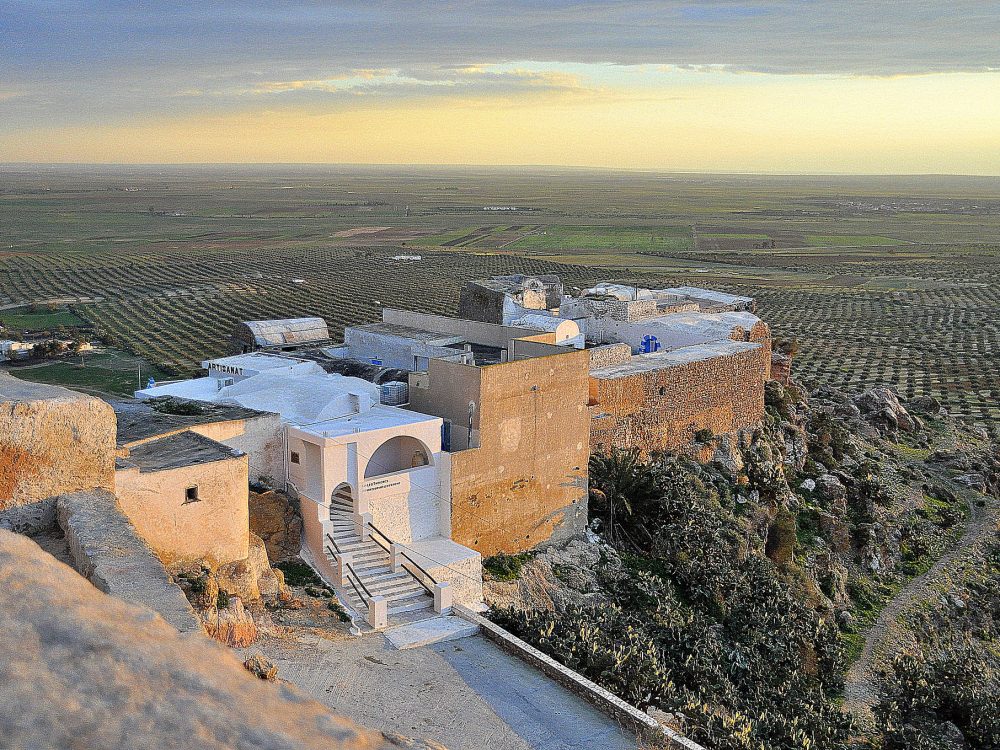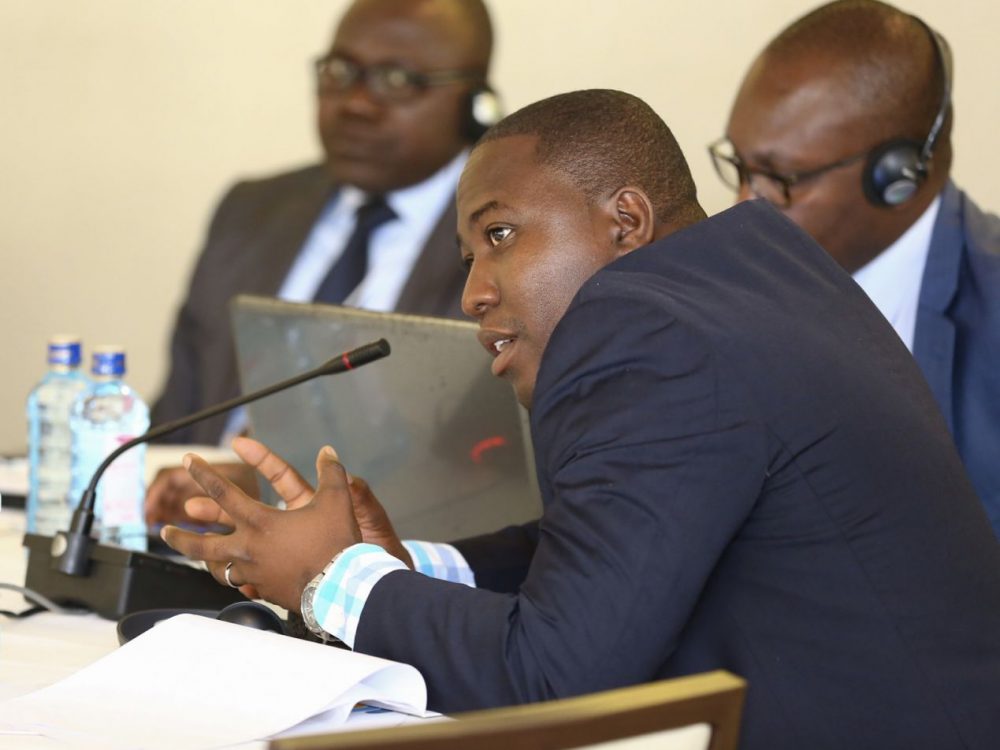Strengthening Aid Management in Lao PDR
Laos
For many at Development Gateway, the most engaging and rewarding aspect of our work is the time we spend in-country working with our partners and counterparts. Here, Travis Harvey reports back on a recent mission to Lao PDR:
A team of two DG staff conducted a three-weeks mission to Lao PDR in August 2010 as part of the Aid Management Platform (AMP) implementation process. This is a multi-year program in partnership with the Ministry of Planning and Investment (MPI), with funding and support from UNDP, to build government capacity for tracking and managing aid flows. As this program is still in its first year, the mission focused on finalizing the technical implementation of AMP, providing user training and initiating system and data management processes.
The team observed that government and donor counterparts have a good understanding of the steps required for success and ownership of the process. DG’s experiences have taught us to adopt a collaborative approach in designing and implementing processes for aid management, and to ensure they build on existing ones rather than seeking to replace them. Regular introductory and refresher user training for key staff has proven critical, as has the identification of advanced users who can play a role in supporting others in the future. During this mission the team conducted group training for desk officers and one-on-one training for senior government officers.
Connectivity between government offices and the AMP server has been an issue over the past few months because the government data center was being moved into a new building. During this time DG hosted the system off-site to maintain access for users. This issue was resolved during the mission by re-establishing a stable hosting arrangement and fiber-optic connection to the Ministry. Development partners will access the system via the internet when they begin using it later this year.
Broad stakeholder buy-in is key to success in AMP country programs. During this mission the team held a workshop to sensitize other government agencies and development partners to the program and the workplan. This will be especially important in the lead up to the national Round Table Meeting (RTM) to be held in October. The RTM will be a major opportunity to raise awareness of the program, and DG will be there to support MPI in preparing and demonstrating the AMP system.
Share This Post
Related from our library

How useful is AI for development? Three things we learned from conversations with development experts
The development world is buzzing with excitement over the idea that new and emerging applications of artificial intelligence (AI) can supercharge economic growth, accelerate climate change mitigation, improve healthcare in rural areas, reduce inequalities, and more. But what does this look like in real life?

At a Glance | Tracking Climate Finance in Africa: Political and Technical Insights on Building Sustainable Digital Public Goods
In order to combat the effects of climate change, financing is needed to fund effective climate fighting strategies. Our white paper, “Tracking Climate Finance in Africa: Political and Technical Insights on Building Sustainable Digital Public Goods,” explores the importance of climate finance tracking, common barriers to establishing climate finance tracking systems, and five insights on developing climate finance tracking systems.

AMP Through the Ages
15 years ago, AMP development was led by and co-designed with multiple partner country governments and international organizations. From a single implementation, AMP grew into 25 implementations globally. Through this growth, DG has learned crucial lessons about building systems that support the use of data for decision-making.